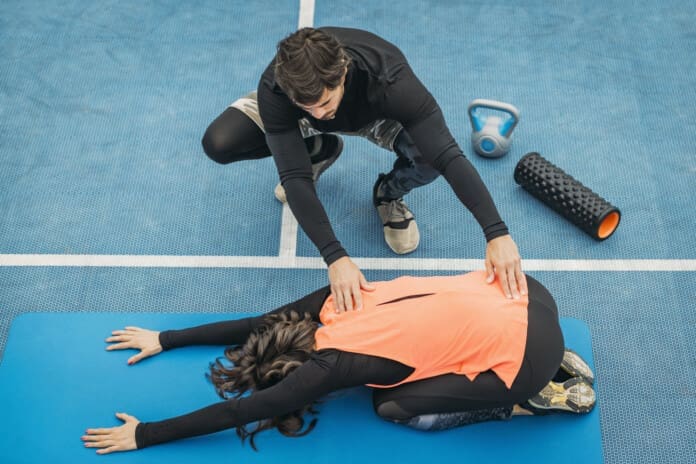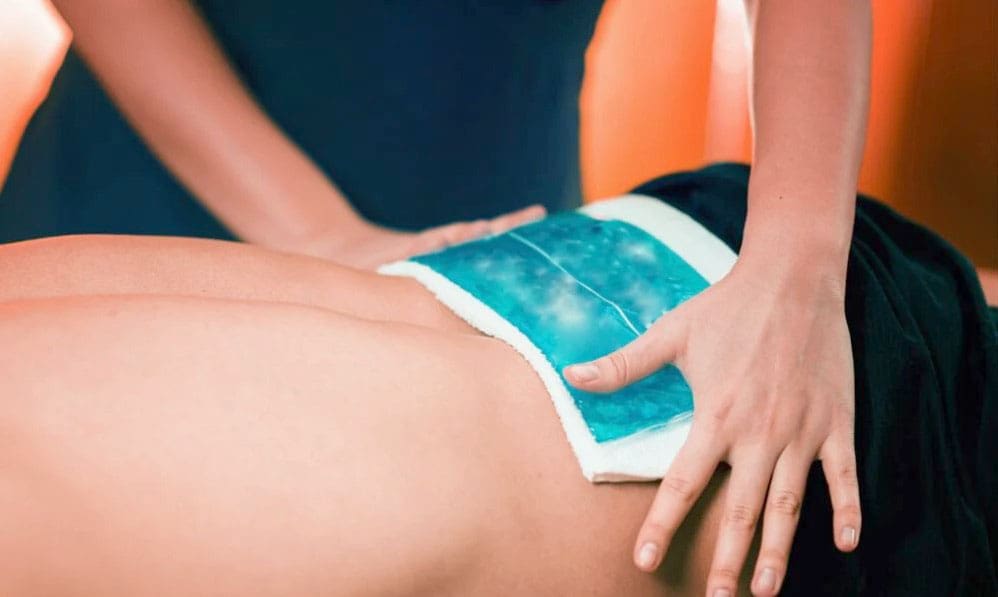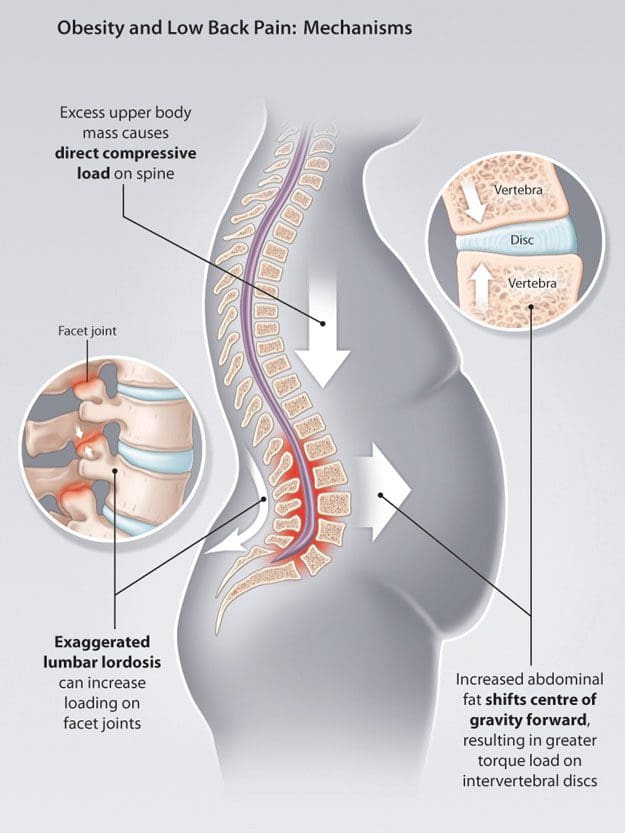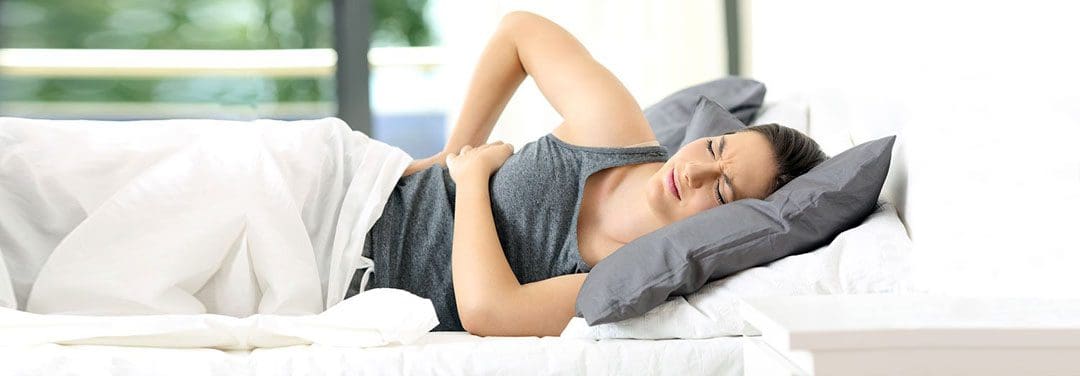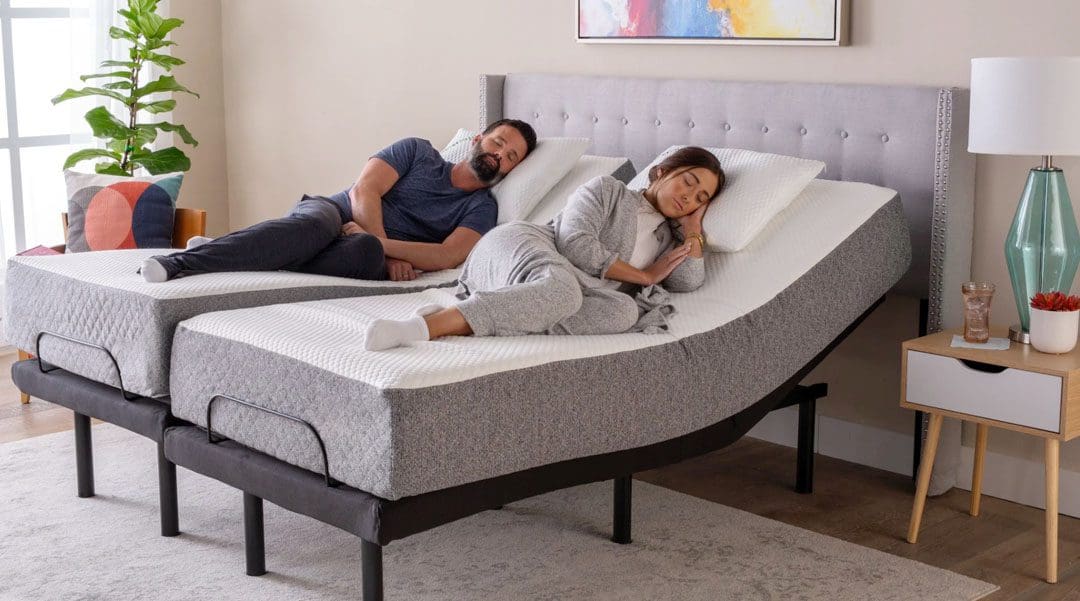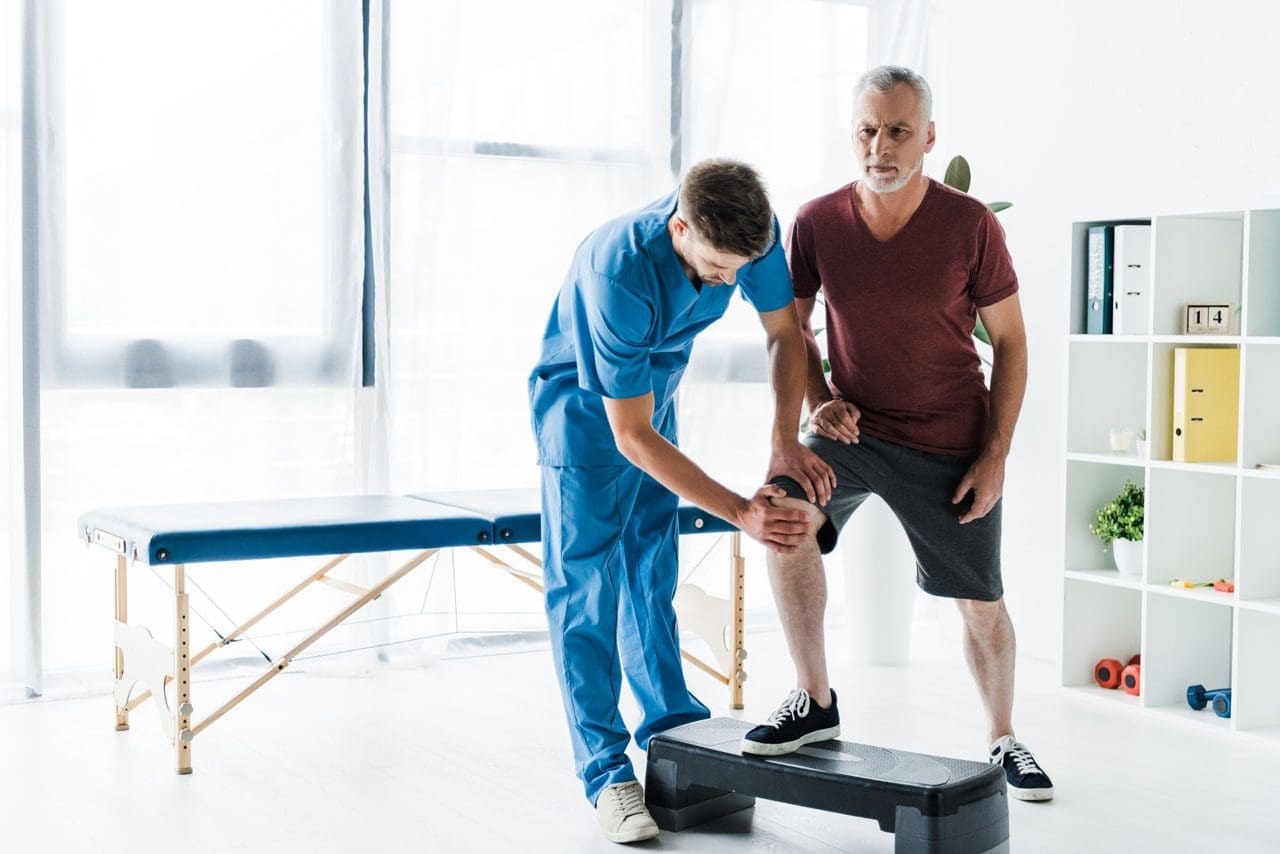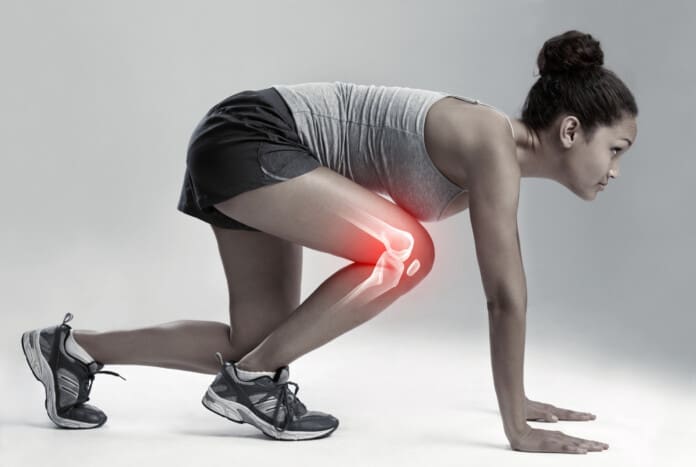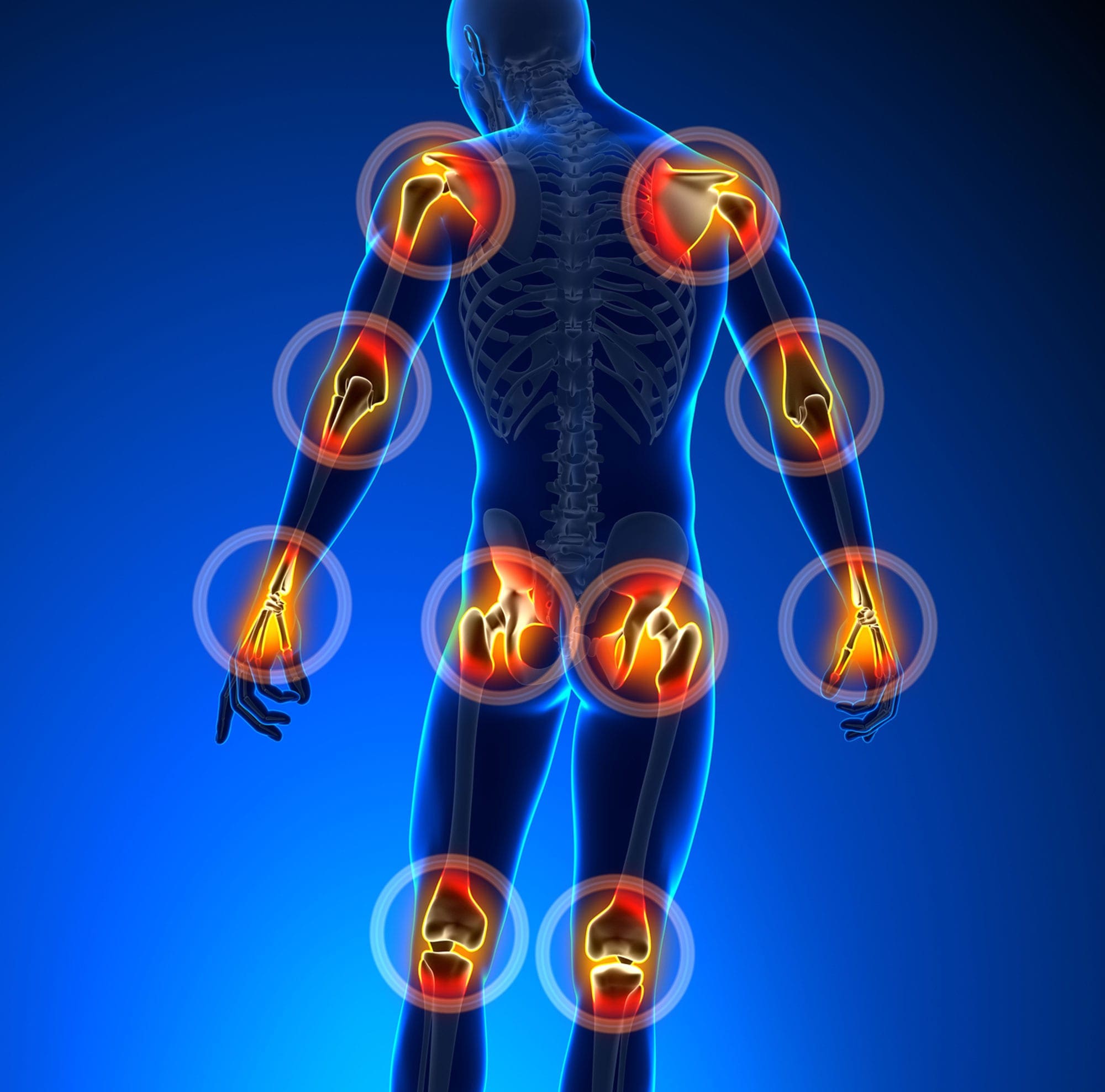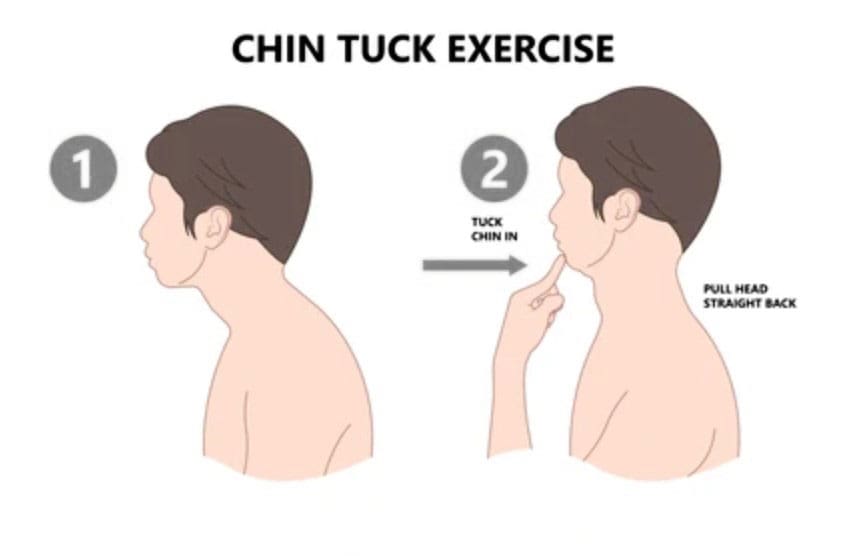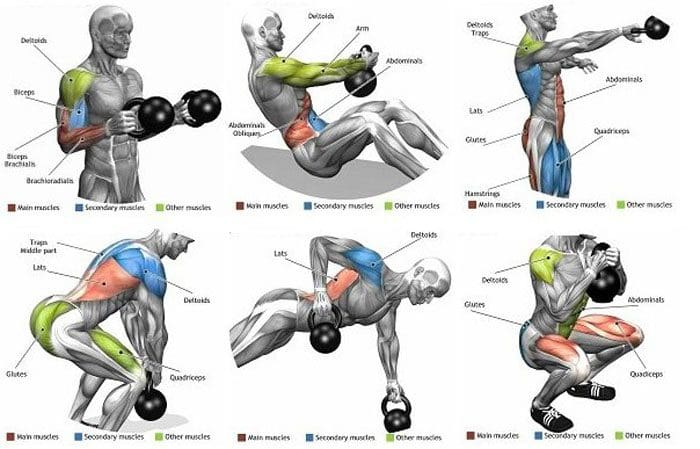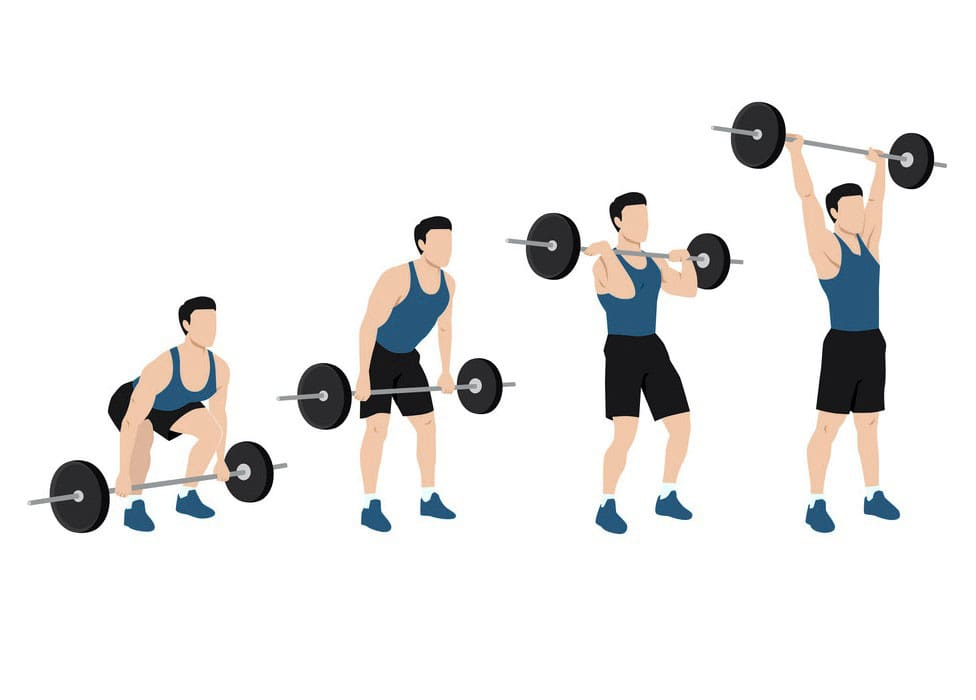For individuals who are looking for a whipped cream substitute for a dairy-free alternative, what are the options to choose from?

Table of Contents
Whipped Cream Substitute
Individuals may want to use a whipping cream substitute if they have a dairy allergy, prefer a plant-based lifestyle, or are choosing low-fat foods. Whipping cream is made from milk and contains the same proteins found in milk and other dairy products that individuals with a dairy allergy may react to. However, heavy whipping and whipped cream contain small amounts of lactose and are safe for those with lactose intolerance. (University of Virginia, 2022) Because of this, individuals do not need to seek a whipping cream substitute if they are lactose intolerant. Fortunately, there are several dairy-free options and whipping cream alternatives.
Nutrition
The nutrition information for one tablespoon or 15 grams of light whipping cream. (USDA, FoodData Central, 2018)
- Calories – 44
- Protein – 0.3 grams
- Fat – 5 grams
- Carbohydrates – 0.4 grams
- Fiber – 0 grams
- Sugar – 0.4 grams
Nutritional information for 1 cup or 120 grams of whipped cream. (USDA, FoodData Central, 2018)
- Calories – 350
- Protein – 2.6 grams
- Fat – 37g
- Carbohydrates – 4 grams
- Fiber – 0 grams
- Sugar – 3.5 grams
Whipping and whipped cream are both high in calories due to their high fat content. Dairy fat and heart health have been issues; however, recent research suggests that dairy fat intake is associated with lower cardiovascular disease risk. (Trieu K. et al., 2021)
Substitutes
Coconut Milk
The nutritional value of coconut milk is similar to that of whipping cream. Coconut milk is a vegan and dairy-free alternative to whipped cream. It contains just the right amount of fat for whipping. To make perfect peaks with canned coconut milk, chill the can overnight and beat with a hand or stand mixer until soft and fluffy. Sifted powdered sugar and stevia make the best sweeteners because they will not weigh them down. The coconut milk adds coconut flavor. One tablespoon or 15 grams of coconut milk has 30 calories, 0.3 grams of protein, 3.2 grams of fat, and 0.4 grams of carbohydrates. (USDA, FoodData Central, 2018)
Silken Tofu Pureed with Soy Milk
Another vegan and dairy-free whipping cream substitute is made with silken tofu, soy milk, sugar, and vanilla extract. Because tofu is high in protein and low fat, this alternative is lower in fat than dairy whipping cream but is higher in carbohydrates. To make:
- Combine 1 pound of silken tofu, one tablespoon of vanilla extract, and 1/4 cup of sugar in a blender or food processor until smooth.
- While the machine is running, gradually add the soy milk until it becomes light and fluffy.
- Refrigerate until ready to serve.
Powdered Milk, Vanilla Extract, and Lemon Juice
- Combine 1/2 cup cold water, two tablespoons lemon juice, and one teaspoon vanilla extract in a large bowl.
- Sprinkle 1/2 cup non-fat powdered milk over the water and beat with an electric mixer or beater for 4 minutes or until stiff.
- Then beat in 1/4 cup granulated sugar until it dissolves and the mixture is smooth.
- Chill for at least 30 minutes before using.
Powdered milk is dairy, so it is not ideal for plant-based diets or people with dairy allergies.
Evaporated Milk and Lemon Juice
- Combine a can of chilled evaporated milk with one teaspoon of lemon juice.
- Beat with an electric mixer until smooth and creamy.
Egg Whites, Sugar, and Bananas
- Whip two large ripe bananas with two egg whites and three teaspoons of sugar until fluffy.
- Be careful not to overbeat.
Flour, Cornstarch, and Milk
A low-fat, low-carb cream. To make:
- One cup of almond, rice, low-fat or nonfat dairy milk, and two tablespoons of cornstarch.
- Combine with a whisk.
- Continue whisking and add one tablespoon of flour until the mixture is smooth.
- This preparation is a solid whipping cream substitute for a thickener in recipes.
You may have to experiment to find what works for the recipe and taste, but here are a few options.
Injury Medical Chiropractic and Functional Medicine Clinic
Injury Medical Chiropractic and Functional Medicine Clinic works with primary healthcare providers and specialists to develop a personalized treatment plan. Our providers use an integrated approach to create customized care plans for each patient and restore health and function to the body. Dr. Jimenez has teamed up with top surgeons, clinical specialists, medical researchers, nutritionists, and health coaches to provide the most effective clinical treatments.
Chiropractic and Integrative Healthcare
References
University of Virginia. (2022). Lactose Content of Common Dairy Foods. https://med.virginia.edu/ginutrition/wp-content/uploads/sites/199/2022/04/Lactose_Content_of_Common_Foods-4-2022.pdf
USDA, FoodData Central. (2018). Cream, fluid, light whipping. Retrieved from https://fdc.nal.usda.gov/food-details/170859/nutrients
Trieu, K., Bhat, S., Dai, Z., Leander, K., Gigante, B., Qian, F., Korat, A. V. A., Sun, Q., Pan, X. F., Laguzzi, F., Cederholm, T., de Faire, U., Hellénius, M. L., Wu, J. H. Y., Risérus, U., & Marklund, M. (2021). Biomarkers of dairy fat intake, incident cardiovascular disease, and all-cause mortality: A cohort study, systematic review, and meta-analysis. PLoS medicine, 18(9), e1003763. https://doi.org/10.1371/journal.pmed.1003763
USDA, FoodData Central. (2018). Nuts, coconut milk, canned (liquid expressed from grated meat and water). Retrieved from https://fdc.nal.usda.gov/food-details/170172/nutrients


